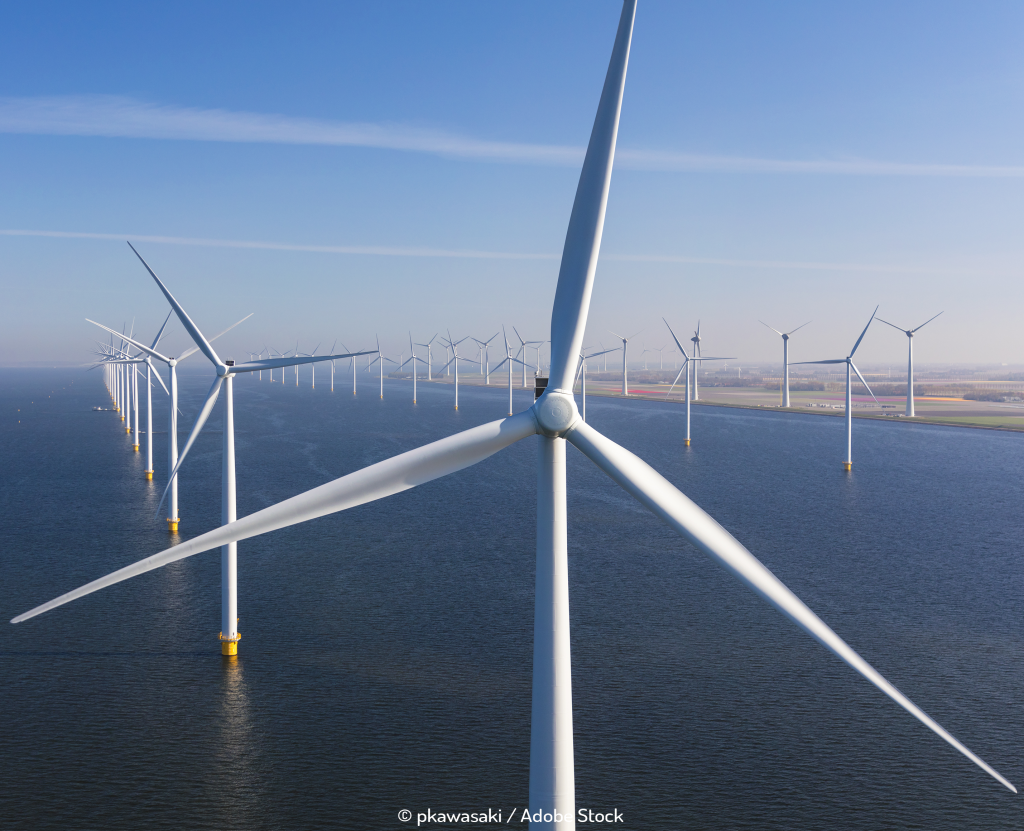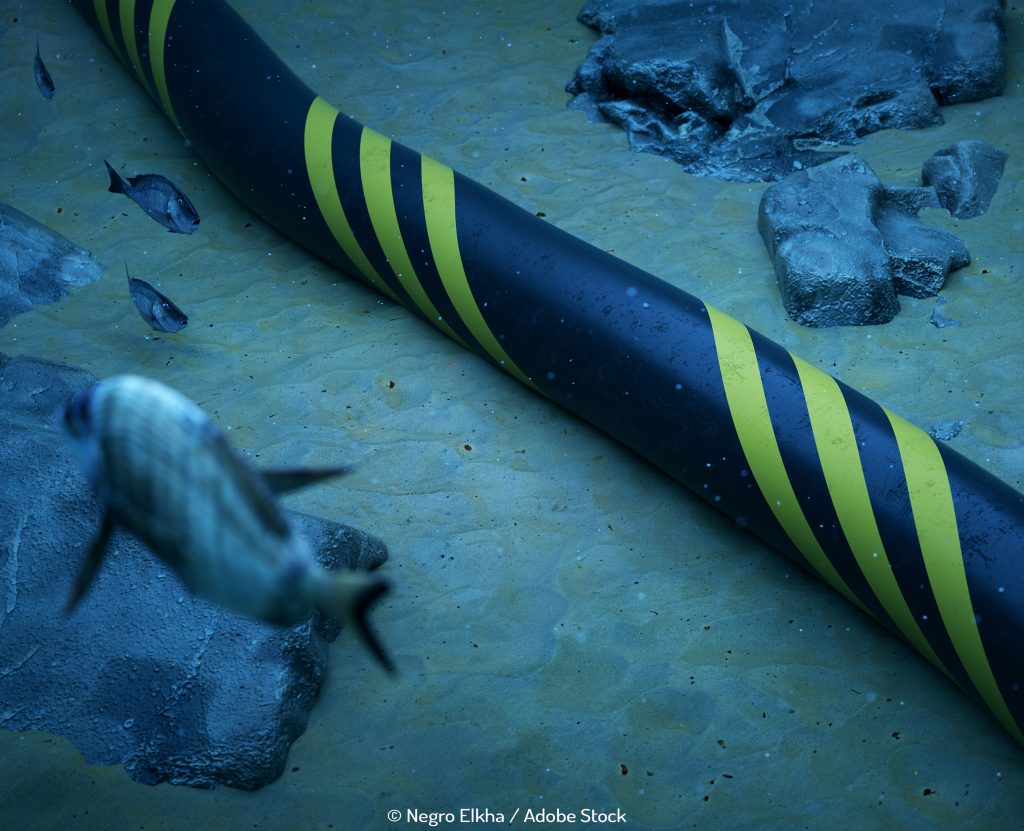
Asia’s offshore wind market to expand rapidly over the next decade
According to last year’s Global Wind Energy Council (GWEC) report, Asia will drive the market for offshore wind growth for this decade. With 205GW of new offshore wind expected to be installed globally, and over 50GW in China alone.
The growth in offshore wind is now spreading from the traditional powerhouse of China. After a slow start because of a lack of political direction, several South East Asian countries are ramping up their offshore wind ambitions. By 2030 the GWEC expects that South Korea, Japan, Vietnam and Taiwan will have significant offshore wind capability with 12GW, 7.2GW, 5.2GW and 10.5GW respectively.
One thing is for certain though, technical challenges and legislative differences will see the industry develop a little differently than it has in Europe. In Europe, the relatively easy access to shallow water and the particular seabed conditions of sand, silt, and harder clays that are prevalent, has led to monopile foundations being used in over 90% of developments.
In Asia, the same conditions do not apply. Seabeds are often soft clay, or hard rock and characterised by faults and seismic activity. This means that it is likely several different foundations will need to be utilised in order to compensate. In addition, shallow water sites are at a premium with depths less than 50 metres limited and usually occurring very close to land. The limit in shallow water availability may well lead to a rapid commercialisation of floating wind developments in some Asian countries. The GWEC expect 6GW globally installed floating offshore wind capacity by 2030.
The final physical challenge Asian countries must overcome is Mother Nature. In an area frequented by typhoons and earthquakes, offshore wind structures will have to be dimensioned accordingly. New, stronger components will be designed and analysis methods developed that consider these specific challenges.
The potential for European companies to assist in this rapid expansion will depend on forming the right alliances. A combination of local expertise and European experience will be critical to succeeding in this challenging market.
An interesting development that might aid in the acceleration of the Asian offshore wind market are proposals aimed at creating an Asian supergrid. The idea has been floated several times over recent years and would see China, Russia, Mongolia, South Korea, North Korea and Japan all connected. A region that consumes a third of the world’s electricity.
Most recently, the South China Post reported on a study from Tsinghua University looking at a regional powergrid. The study concluded that an electricity cost of 5 US cents would be possible. The team behind the study believe this would go a long way to increasing the amount of renewable energy in the mix. But geopolitics in the region may well prove a hinder to further progress. Tensions between a number of the countries involved might stop the realisation of this project.
One thing is for sure, with South Korea and Japan both pledging to be zero carbon by 2050, and China’s continued push for the same, the Asian offshore wind industry will only get bigger in the decades to come.


